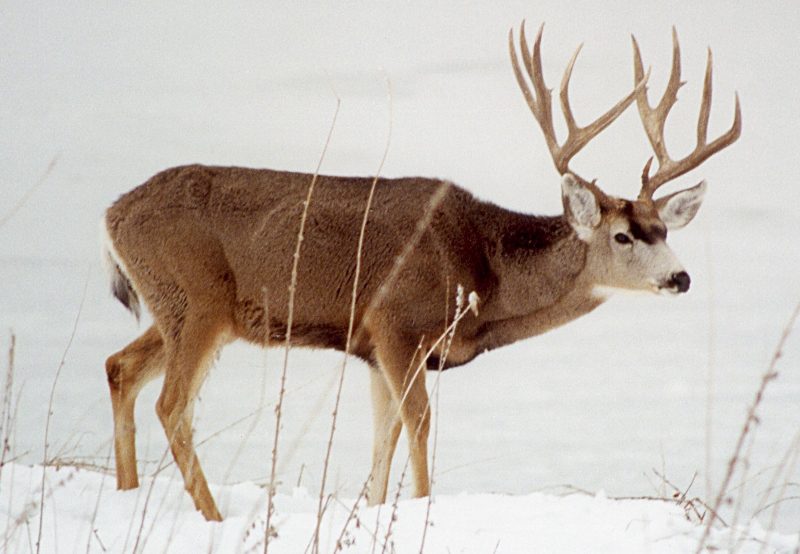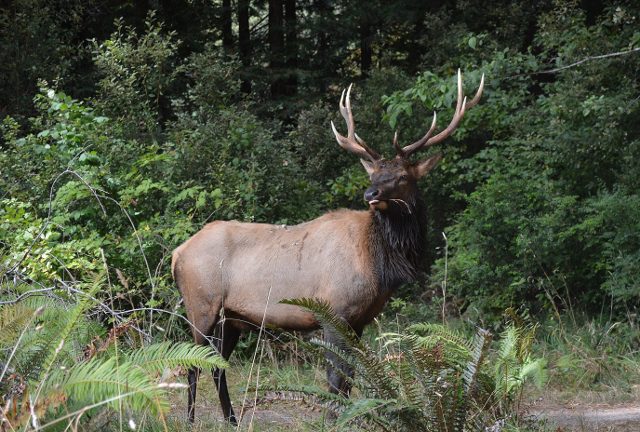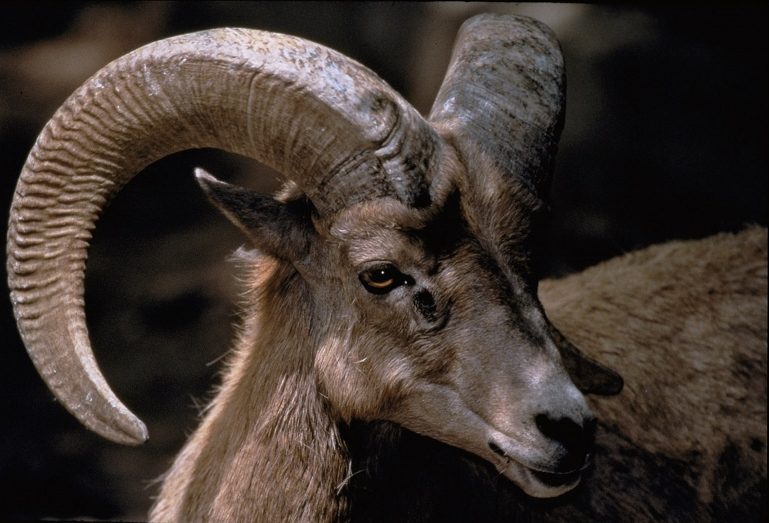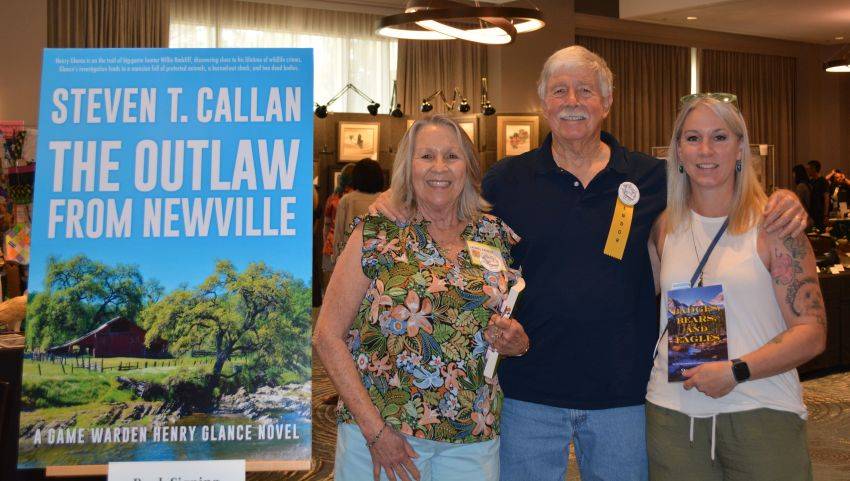The recent killing of Hwange National Park’s beloved icon, Cecil the Lion, has brought to mind a number of outrageous poaching incidents that occurred right here in California—all of them inside national parks, state parks, or wildlife refuges.
First, a word about hunters: as I stated in Badges, Bears, and Eagles, the overwhelming majority of North America’s hunters are conscientious, law-abiding sportsmen who contribute hundreds of millions of dollars, every year, toward the purchase of wildlands and the improvement of wildlife habitat. The hunters of whom I write contribute to wildlife conservation through the excise taxes they pay on firearms and ammunition. State and federal wildlife programs are often dependent upon the purchase of hunting licenses, hunting tags, and hunting stamps for their very existence. Much of today’s wildlife exists because of habitat saved, improved, or created with funds provided by legal sport hunters. These funds help not only game species, but nongame mammals, birds, fish, reptiles, amphibians, and beneficial insects.
Africa may have the lion’s share of trophy-hunting stories, but California has a few tales of its own. In Badges, Bears, and Eagles, I wrote about a famous undercover bighorn sheep investigation conducted by U.S. Fish and Wildlife agents back in the early 1970s. A prominent Southern California taxidermist was using his extensive knowledge of desert waterholes to guide wealthy hunters from the United States and Canada on illegal trophy bighorn sheep hunts. Several of those rams were poached inside Anza-Borrego State Park.
One of several hair-raising elk poaching stories from inside Redwood National and State Parks took place during the 1980s. Early one morning, a group of North Coast outlaws began spotlighting elk from a pickup on Gold Bluffs Beach, part of Prairie Creek Redwoods State Park. Opening fire on a small herd of grazing elk, the hooligans apparently did not realize that a public campground was a rock’s throw away. Suddenly awakened, campers began running everywhere—one of them straight to the resident ranger’s living quarters. The quick-thinking ranger ran to the iron campground gate and closed it just as the poachers’ truck approached. Slamming into the gate, the truck overturned, and out rolled two freshly killed elk. The poachers scampered into the nearby marsh. A posse of park rangers and Fish and Game wardens eventually rounded up and arrested all the perpetrators. Two additional elk were later found on the beach, each one wounded.
Poaching inside a national wildlife refuge? Sad, but true. One case in particular involved what I used to call a headhunter. Typically, someone would discover a headless deer or elk carcass lying in a field, and the local warden would begin an all-out investigation to find the culprit. It was my experience that anyone who would kill an animal, take the head and/or antlers, and leave the rest to rot craved attention and would usually brag about his despicable deed.

This is the buck seen foraging inside Tule Lake National Wildlife Refuge on December 17, 1992, as described in the chapter “The Headhunter.” Photo courtesy of Steve Guill
I wrote about just such an incident in my soon-to-be-released sequel, The Game Warden’s Son. Here’s a short excerpt from the chapter entitled “The Headhunter.”
Late on the dreary, overcast afternoon of December 17, 1992, a late-model Ford pickup slowly cruised north on Hill Road, inside Tule Lake National Wildlife Refuge. Thirty-seven-year-old bartender Travis Danner was at the wheel. A cocky little man with a big mouth, Danner was well-known among the Tule Lake bar scene as a braggart, prone to exaggeration and eager to take center stage.
As Danner scanned the countryside, he glanced to his right and spotted a large buck foraging on the limited vegetation that grew along the lake. “There’s that big five point,” said Danner, fumbling for his binoculars. Alerted by the sound of Danner’s squeaking brakes, the deer raised its head and displayed its magnificent antlers with an imperial, almost regal air. Danner shivered with excitement, his simple but devious mind contemplating what to do next. He studied the road ahead; refuge headquarters was still two miles away. He scanned the lake, looking for signs of any nearby duck hunters; there were no boats or hunters in sight. Finally, he turned and pointed his binoculars back down the road from which he had just come. The coast was clear.
Confident that no one else was around, Danner reached for the driver’s-side door latch, opened the door halfway, and squeezed out onto the snow-covered road. The truck motor continued to run as he braced the back side of the bench seat with his left hand and released the latch with his right. The seat slowly sprang forward, revealing a leather rifle case. Danner would later admit to a bar customer that he was so nervous about being caught, he almost wet his pants. Standing on his tiptoes, the would-be deer poacher peered across the cab and out the passenger window. “Still there!” he whispered, ducking back down.
Danner unzipped the rifle case and pulled out a bolt-action 30.06 rifle, with scope attached. Turning sideways, he quietly jacked a live cartridge into the firing chamber and locked the bolt. Slightly bent over, Danner looked to his rear, then peeked around the open driver’s-side door. There was still no sign of anyone approaching, and as quiet as it was in the freshly fallen snow, he knew he’d be able to hear a car coming from miles away. “It was so quiet, I could hear that damn deer chewing while I hid behind the truck,” Danner would later tell a bar regular.
Carefully sliding across the bench seat, Danner slowly lowered the passenger-side window. With the stately buck forty yards away and still foraging, he rested the rifle barrel on the window frame. Centering the buck’s muscular right shoulder in the scope’s crosshairs, Danner placed his finger on the trigger and began to squeeze. The buck must have sensed danger: he suddenly jerked his head upward and stared back at the pickup. Bolting for the woods, the fleeing deer . . .
The Game Warden’s Son is scheduled for release March 1, 2016.
This piece originally appeared as my August 29, 2015 “On Patrol” column in MyOutdoorBuddy.com. It has been modified for posting on this blog.






